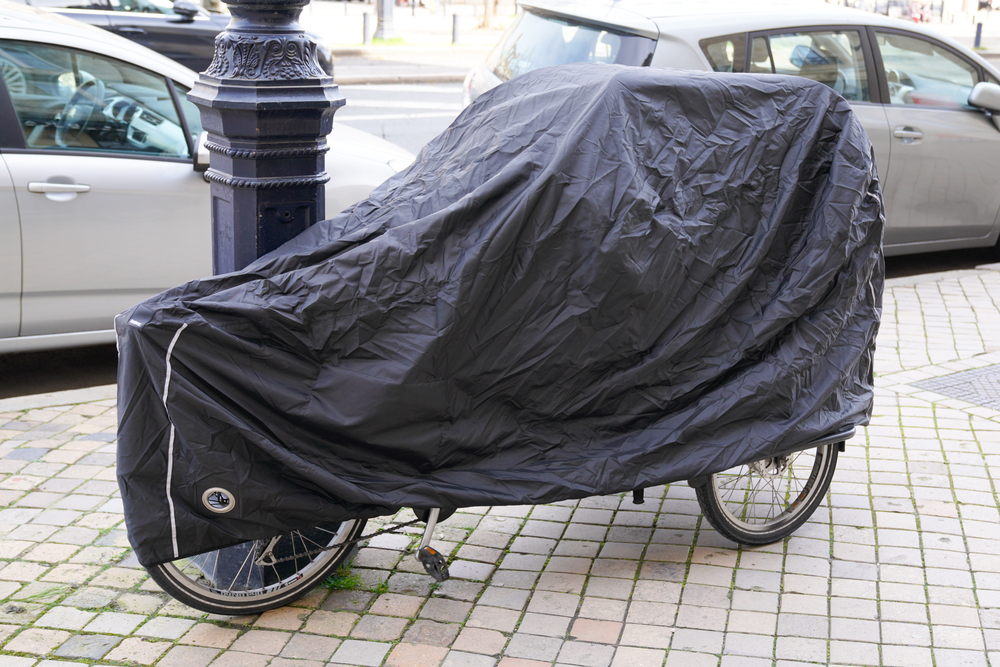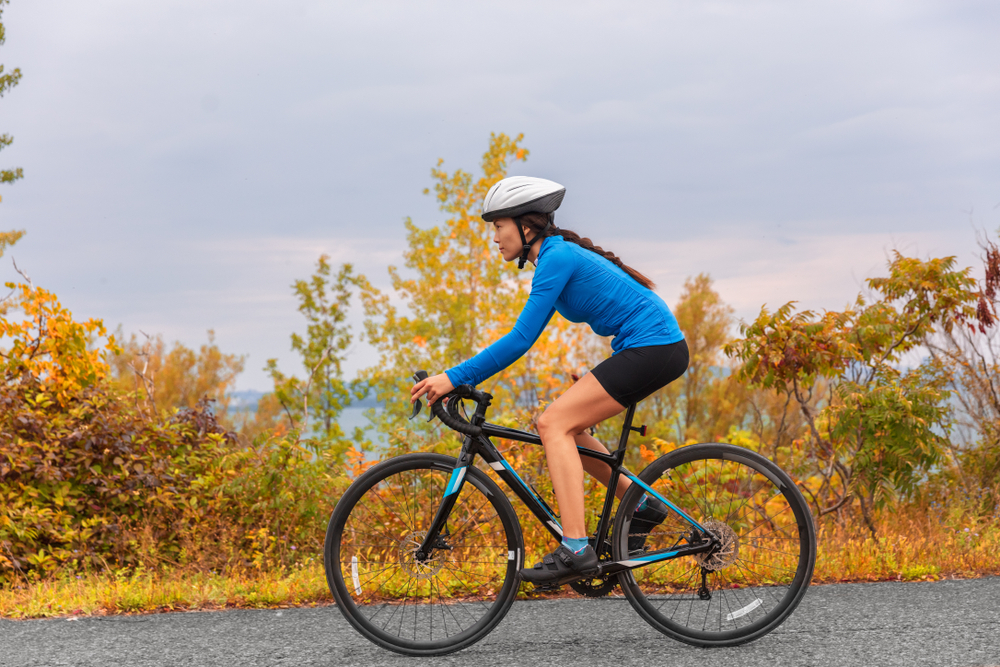Best Electric Bike
Considering the rising interest in sustainable travel, the electric bike, or e-bike, stands out. The aim here is to identify what makes the best electric bike. This involves examining various factors such as motor power, battery life, design, and overall performance.
Motor Power
When discussing motor power in e-bikes, we refer to the wattage. It measures how much energy the motor can handle. Higher wattage means more power. Typical e-bikes have motors ranging from 250W to 750W. For daily city commuting, a 250W motor suffices. If you face hilly terrain or prefer more speed, a 500W motor offers a good balance. For those seeking top performance and off-road capability, 750W or higher is ideal.
Battery Life
Battery life determines how far you can travel on a single charge. Most e-bikes use lithium-ion batteries. Their capacity is measured in watt-hours (Wh). A higher number means a longer range. For typical commutes, a 400Wh battery usually provides about 40-60 miles. If you intend to cover longer distances or engage in off-road cycling, consider 500Wh or more. Charging time also matters; standard batteries take about 3-6 hours to fully charge.
Design
Design isn’t just about aesthetics. It affects comfort and usability. E-bikes come in various frame designs such as step-through, hybrid, and mountain styles. A step-through frame is easy to mount and dismount, ideal for city use. Hybrid frames combine features of road and mountain bikes, making them versatile. Mountain frames cater to rugged terrain, offering better suspension. Consider ergonomic features like saddle comfort, adjustable handlebars, and suspension types.
Performance
Performance in e-bikes is a combination of speed, handling, and reliability. Many e-bikes have a pedal-assist feature, allowing you to choose different levels of motor assistance. This feature helps conserve battery life and offers flexibility. Top-quality e-bikes also come equipped with reliable brakes, often hydraulic disc brakes that provide better stopping power. Pay attention to components like tires, which should be durable and suited to your riding conditions. Lastly, a reputable brand often means better craftsmanship and customer support.
Weight and Portability
Weight is crucial if you need to carry your e-bike upstairs or onto public transport. E-bikes range from about 40 to 70 pounds. Lightweight models usually cost more due to specialized materials like aluminum or carbon fiber. Consider foldable e-bikes if storage space is an issue. These models offer the same features but in a more compact form.
Price Point
Price varies significantly, often reflecting the bike’s quality and features. Entry-level e-bikes start around $600 and may lack advanced features. Mid-range options from $1,000 to $2,500 offer a balance of quality and affordability. High-end e-bikes exceed $3,000 and include premium components. While higher cost often means better performance, there are budget-friendly options providing reasonable quality. Researching and test-riding can help you determine the best value for your money.
Regulations and Legal Aspects
Different regions have varying regulations on e-bikes. It’s essential to know local laws, which may regulate motor power, usage of bike lanes, and age restrictions. In the United States, e-bikes are generally classified into three categories based on speed and pedal-assist features. Knowing these regulations ensures you choose a compliant bike and avoid legal issues.
Popular Models
Several brands and models stand out in the market. The Rad Power Bikes RadCity is an excellent choice for urban commuters. It offers a 750W motor and a durable build. The Specialized Turbo Vado provides a premium experience with top-notch components and a sleek design. For off-road enthusiasts, the Haibike XDURO AllMtn is noteworthy, offering powerful motors and robust suspension systems. Each of these models serves different needs and demonstrates what the best e-bikes can offer.
Customer Reviews
It’s advisable to read customer reviews before making a purchase. Reviews provide insights into real-world performance and potential issues. Look for common themes, both positive and negative. High ratings generally indicate reliability and satisfaction. However, pay attention to critical reviews as well. They highlight potential weaknesses you may want to consider.
Maintenance and Care
Owning an e-bike requires regular maintenance. Basic steps include keeping the battery charged, ensuring tire pressure is optimal, and regularly checking brakes and lights. Following the manufacturer’s maintenance schedule prolongs the bike’s life. Some e-bike makers offer maintenance programs for added convenience.
Test Riding
Nothing beats a test ride. It provides the best sense of comfort, power, and user experience. Many shops offer test rides, allowing you to try different models before deciding. Pay attention to how the bike handles, the ease of using controls, and overall comfort. A test ride can confirm if a bike meets your expectations.
Accessories
Accessories can enhance the biking experience. Common additions include rear racks for carrying items, fenders for protection against mud, and lights for nighttime visibility. Some bikes offer built-in accessories, while others require aftermarket additions. Noise-canceling helmets, phone mounts, and GPS units are also popular among e-bike users.
“`






